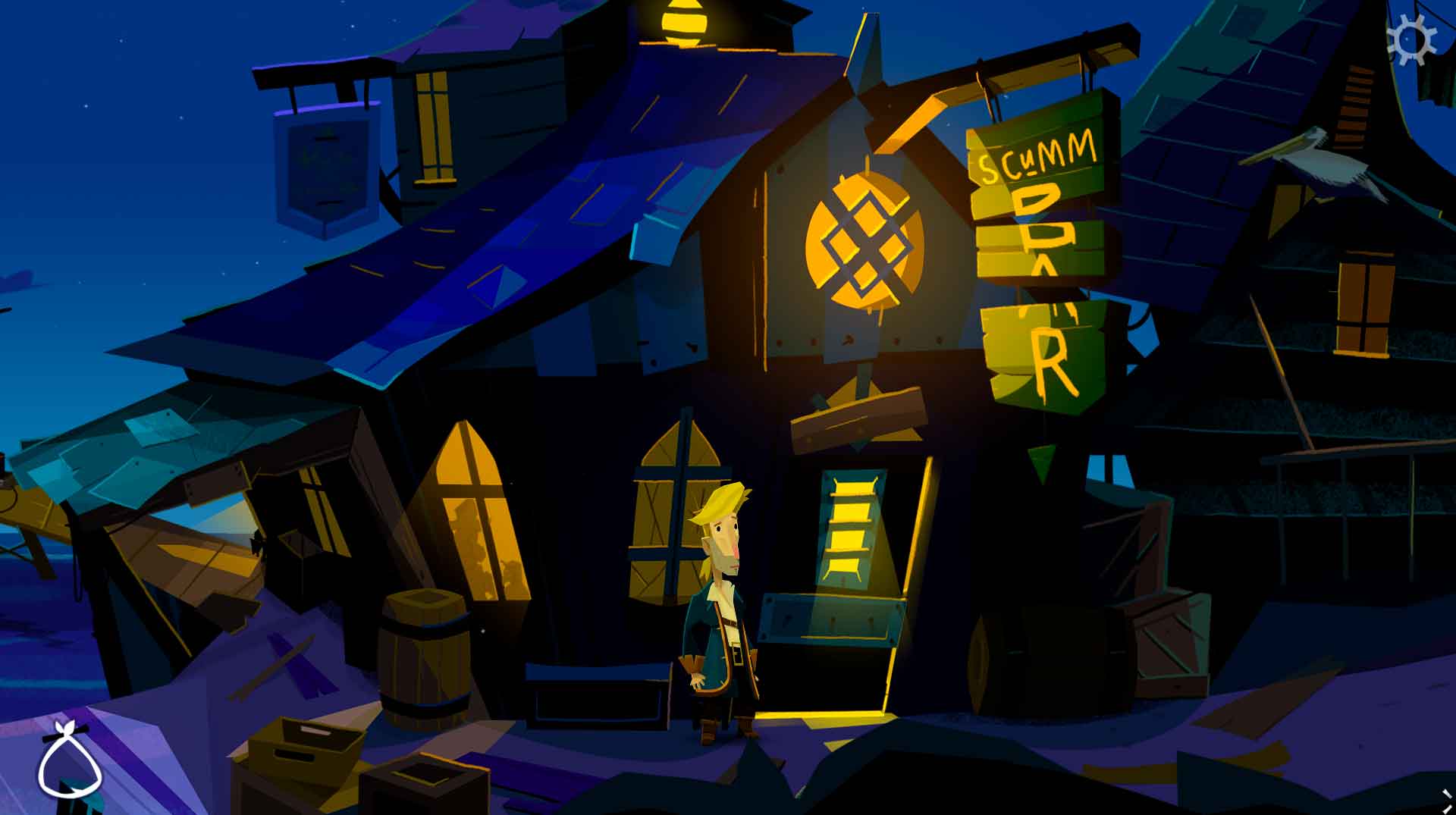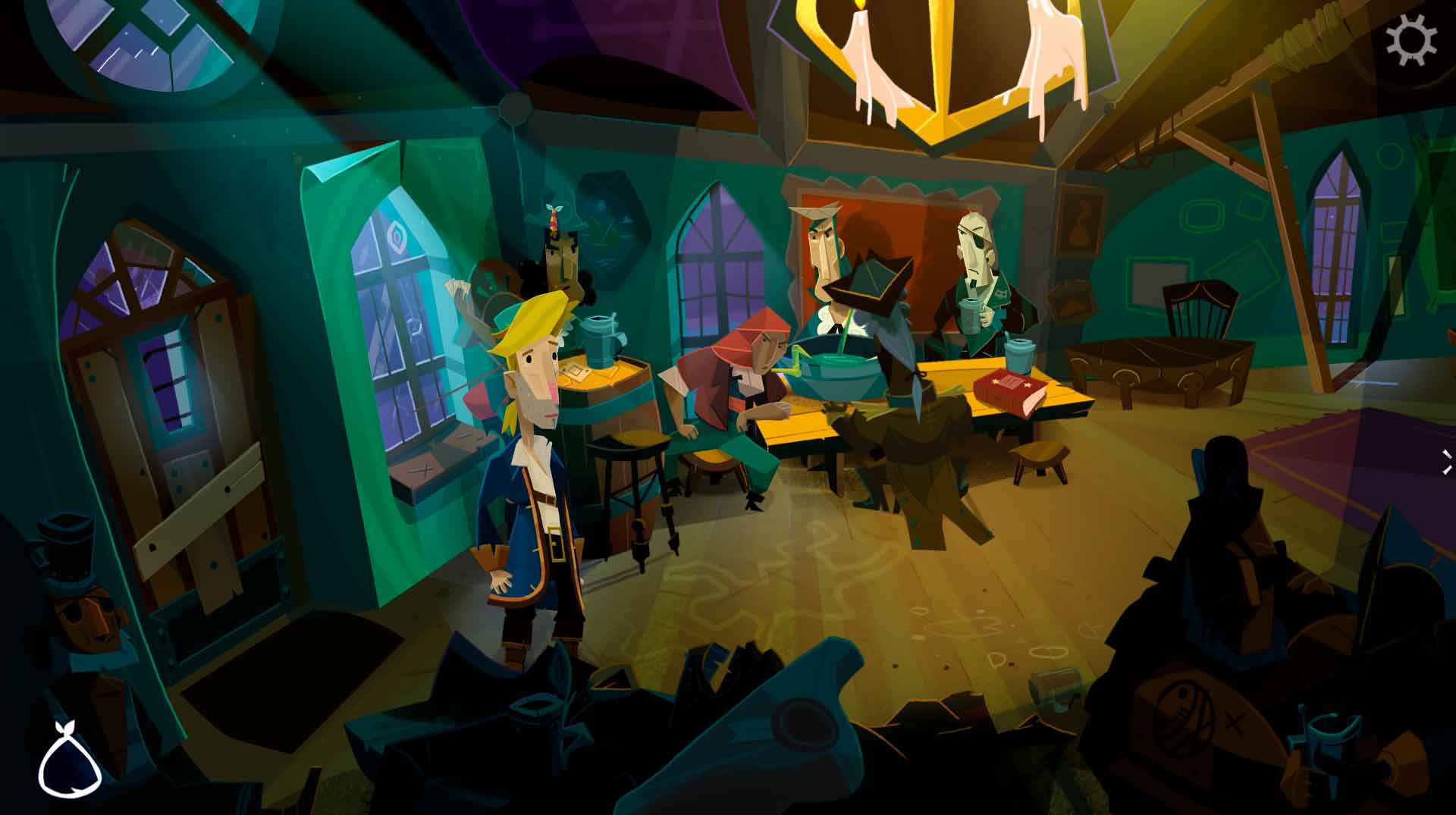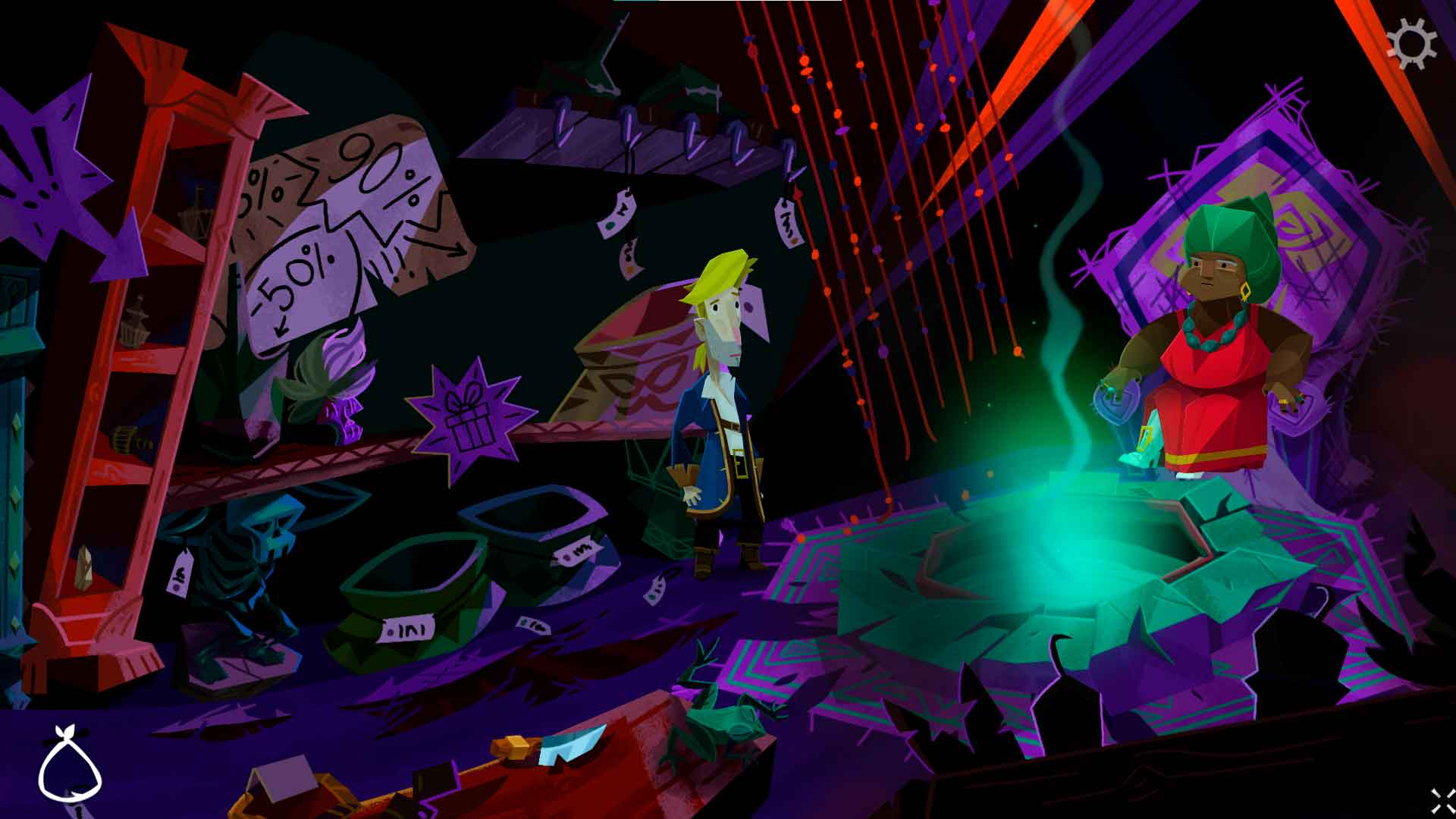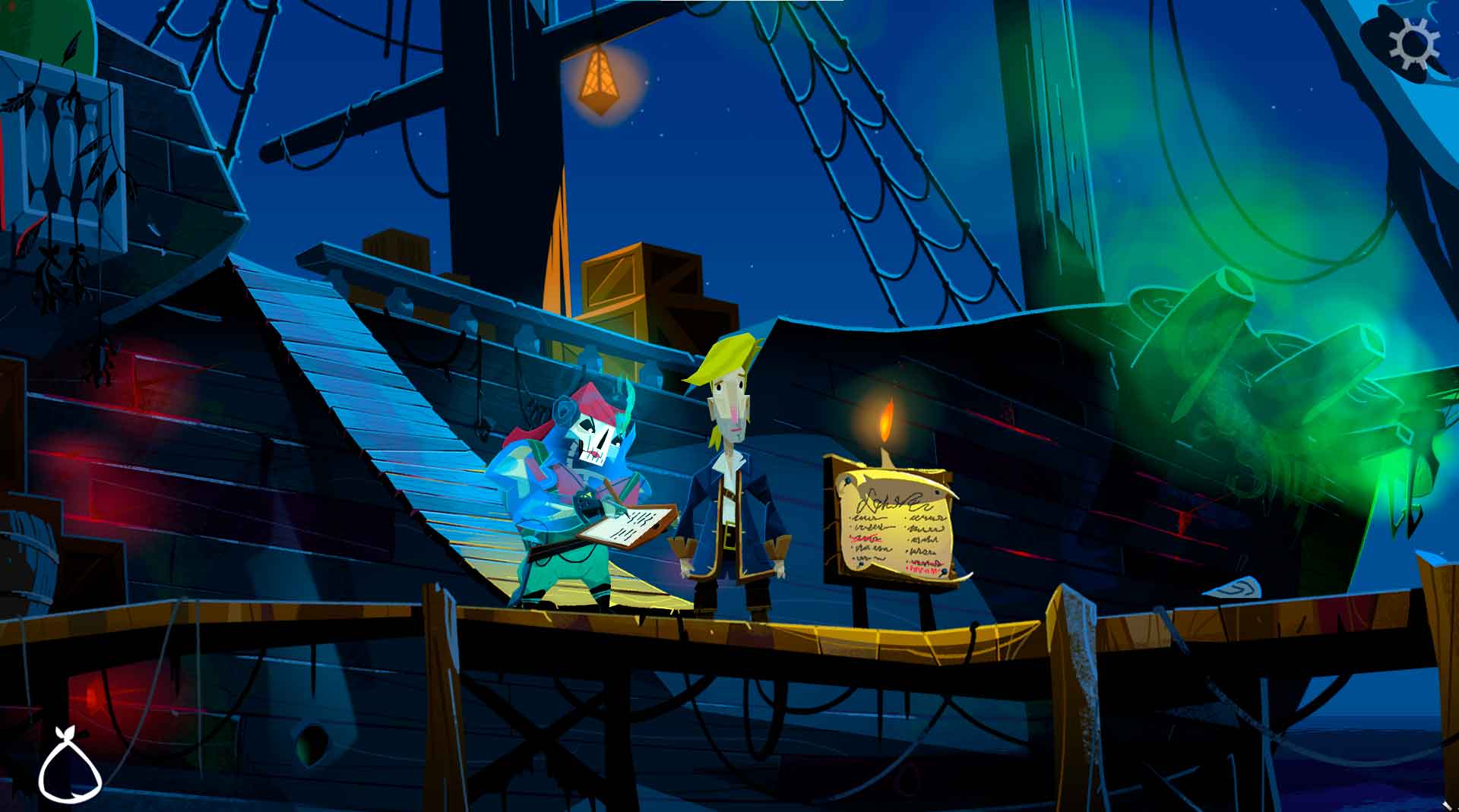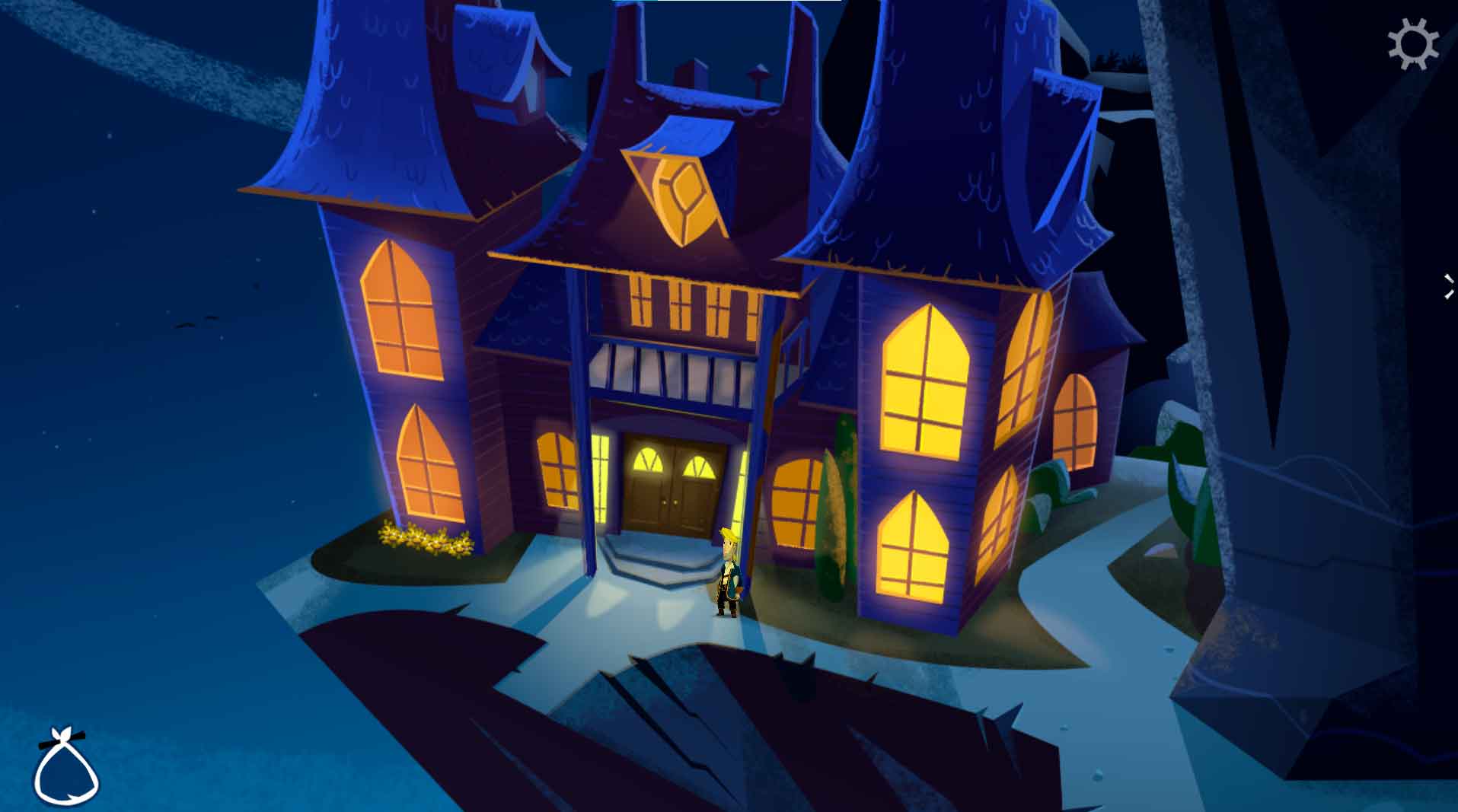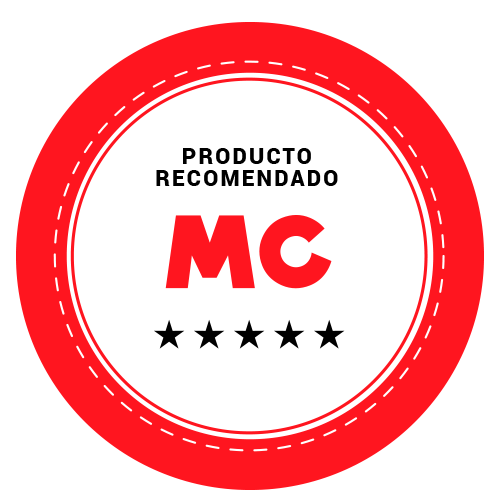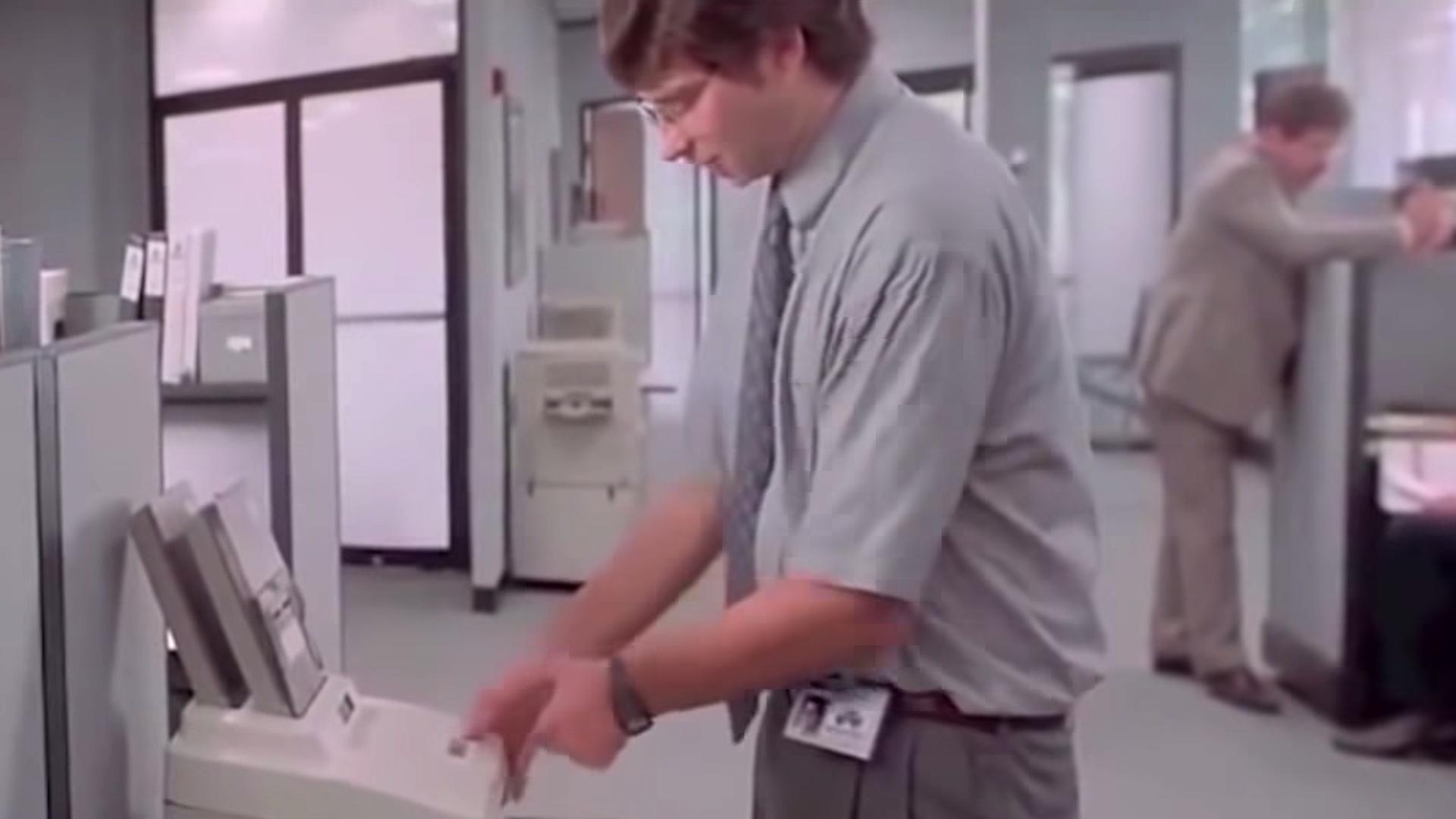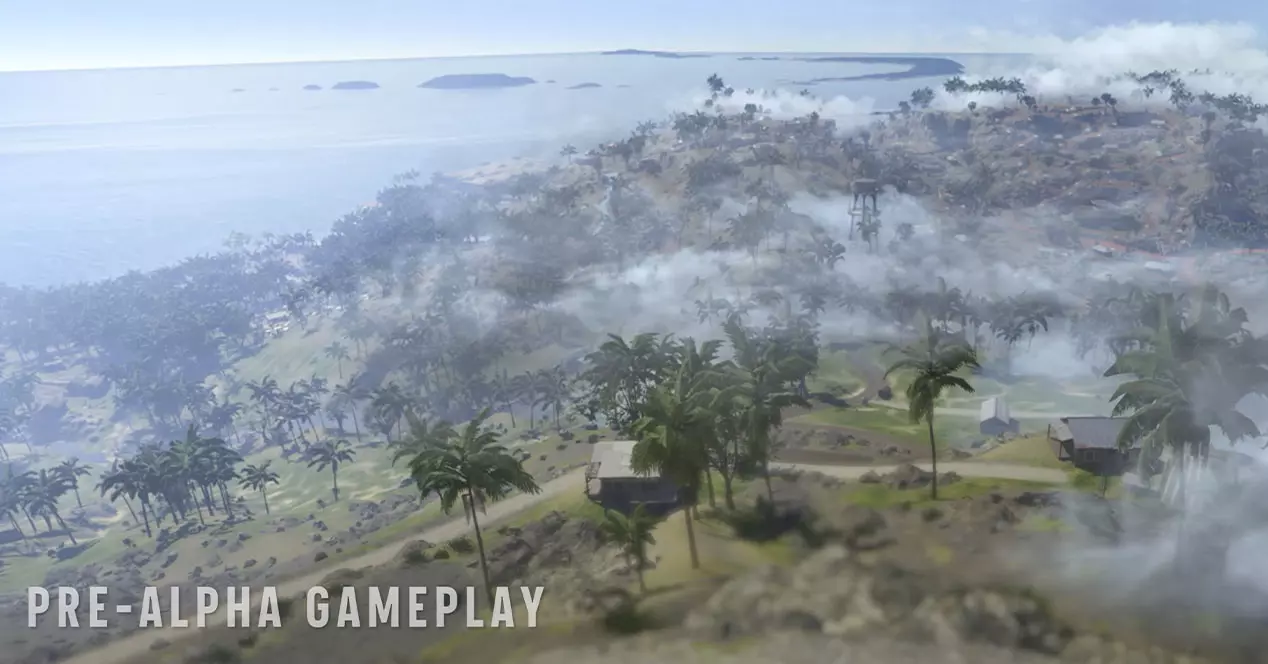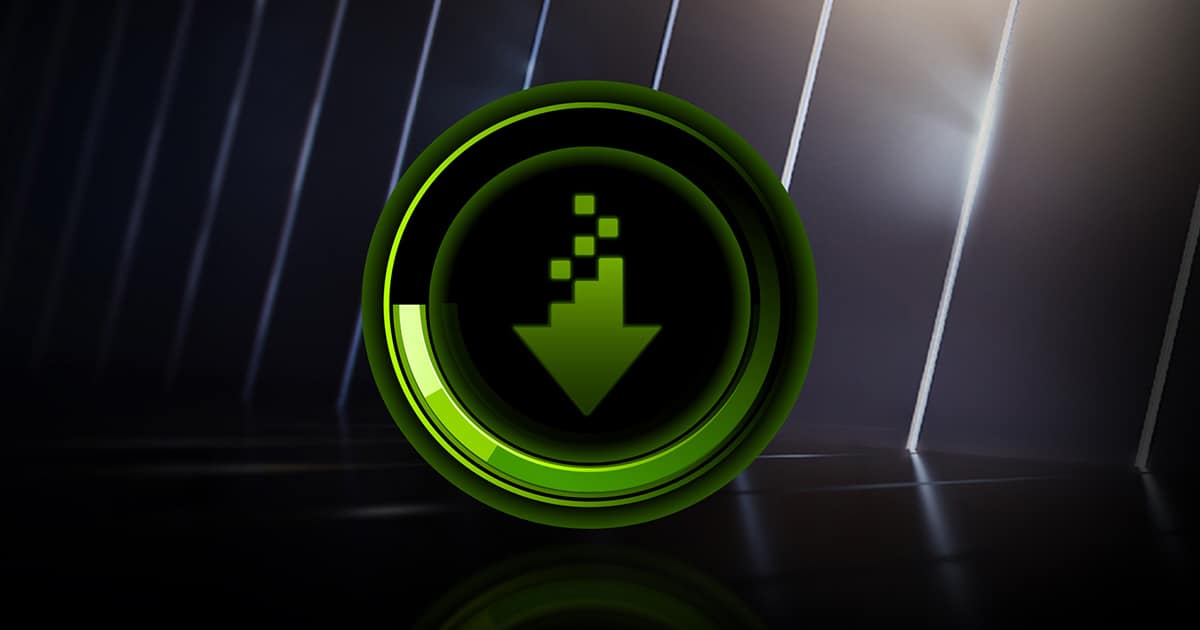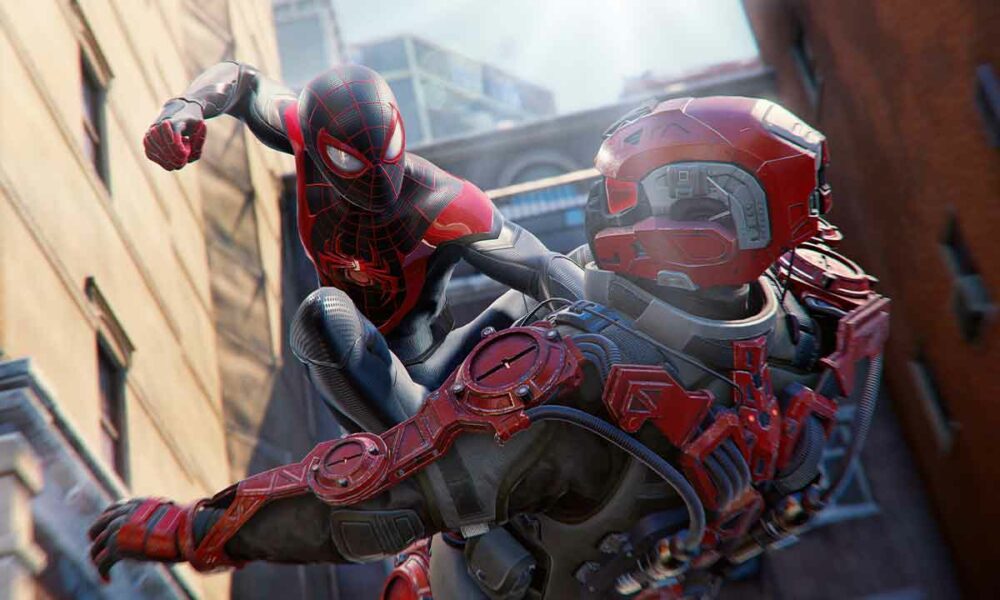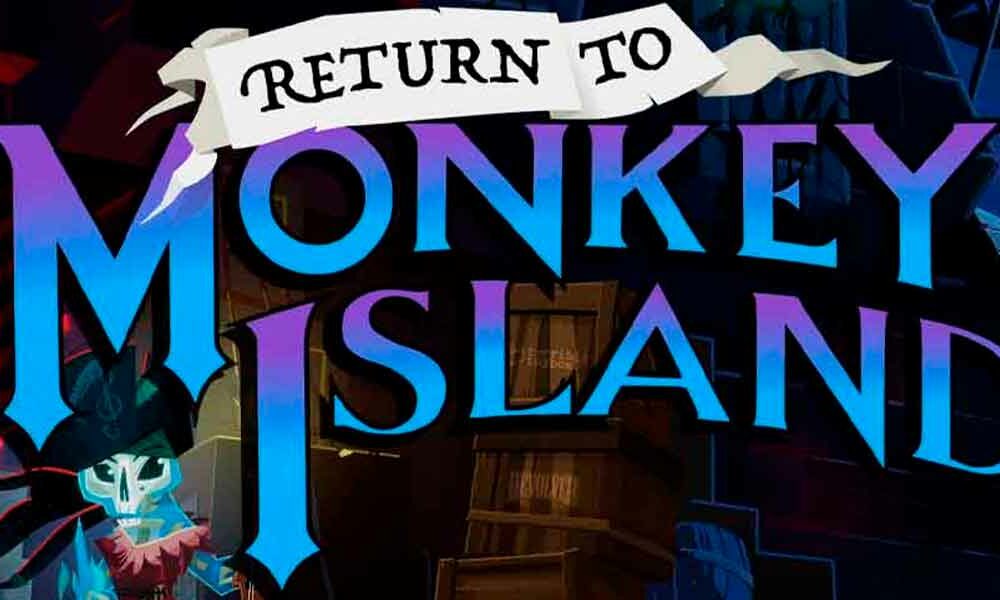
Since the official announcement of Return to Monkey Island, back in April, I have been counting down the days until its arrival on the market. I’ve always liked graphic adventures, especially those that had the seal of LucasArts (which, in fact, is that of Tim Schafer, Ron Gilbert, Brian Moriarty and Dave Grossman, among others), many of which I enjoyed at the time, and then I’ve replayed on occasion. And it’s not just nostalgia (although I will not deny the presence of this one), is that they were GAMES (sorry for the capitals, but I found them necessary) which, to this day, are still incredibly fun.
The problem, of course, is that a lot has happened since then, a lot since mythical titles like the previous ones in the Monkey Island saga, Day of the Tentacle, Sam & Max Hit the Road, Grim Fandango and many others saw the light. We’ve had remasters and special editions of them, yes, and members of that mythical lineup of talent have made it clear to us that they are still in top formas Tim Schafer has done recently with the wonderful Psychonauts 2.
But of course, one thing is to devise new titles, which after all means less pressure (although it requires more creativity), and quite another is to recover one of the most beloved and remembered sagas in the history of videogames, and dare to pick it up now, decades later, knowing that you are facing a more heterogeneous audience than ever, to the expectations of many people who will try to return to their childhood and youth, to new generations to whom names like Guybrush Threepwood, LeChuck and Isla Mêlée will mean absolutely nothing… in short, a complex no man’s land, to which only a few and daring can launch without dying in the attempt. And that’s what Ron Gilbert and Dave Grossman have done with Return to Monkey Island.
Since its launch is still recent, on Monday of this week, I will avoid talking about the plot and the puzzles that we will have to facebecause after having spent a few hours (I haven’t finished it yet) I am very clear that, as with the great LucasArts classics, and in general with graphic adventures, I will get to know its plot as the game is developed it is a fundamental part to enjoy the complete experience.
I will say, however, that the jump from Monkey Island 2: LeChuck’s Revenge to Return to Monkey Island is well resolved. As we told you at the time, with this new installment the canon of the saga is modified, which now consists of The Secret of Monkey Island, Monkey Island 2: LeChuck’s Revenge and Return to Monkey Island, thus leaving The Curse out of Monkey Island, Escape from Monkey Island and Tales of Monkey Island. So, if you played it, do you remember the surprising ending of the second part? Well, in this case, the good news is that you will find answers to your questions.
But then, what happens to everything lived in these titles, which are now displaced? Are we facing a script twist in the style of the end of Los Serrano? Perhaps we are proposed to “forget” it as if it had not happened? Well no and no, actually, and in one more of the many shows of respect from Gilbert and Grossman to the players and the saga itselfThey have found a way to solve it. Which? Believe me, the best thing is that you experience it for yourself, and not that I destroy it for you.
Monkey Island, 30 years later
It’s been 31 years since Monkey Island 2 was released in 1991.. Thus, and if we do the exercise of resuming the saga from its second title, we are talking about returning to Monkey Island more than three decades later, an emotional exercise that will not leave us indifferent (at least in my case it has not been like that). Quite the contrary, and as I already indicated in the title of this analysis, Return to Monkey Island has taken me to corners of my past and of my memory in which I have felt especially good.
Plot and narratively speaking, Return to Monkey Island has nothing to envy its predecessors. Gilbert and Grossman, along with their current crew, prove to be in tip-top shape and retain the genius that allowed them to write those hilarious lines from previous installments. And the same can be said of the puzzles and challenges, which remain challenging enough (excuse the redundancy) and in many cases also absurd, which left us with such a delicious taste in our mouths back in the nineties.
Return to Monkey Island is aware of its own history and consequently does not skimp on references to the past, to winks that will put a smile on our lips, and even to certain game schemes that will be familiar to us. However, and despite the fact that it is one of the fears I was facing, it is not excessively self-referential, that is, it is not built with elements from the past and adorned with a couple of novelties, not a nostalgia product with some embellishment, on the contrary, it is a game that will be perfectly enjoyed by those people for whom it is the first contact with the Monkey Island universe. It will not be as rich in nuances and emotions, but it will be a great gaming experience.
The level of care that can be seen in all the elements that make it up is another sign of respect on the part of the studio for the players. Falling into mass recycling could have been effective in terms of nostalgia, but not originality and, therefore, the merits of this new installment. Return to Monkey Island provides, from the first moment, a sensation of a well-made product, with care, with great care and completely finished (although in reality, in less than a week it has already had its first update, but that’s another story).
’90s’ gaming experience?
Surely this is the most difficult point to address. And it is that Return to Monkey Island does not reproduce graphic styles or mechanics from the 1990 and 1991 titles. We can clearly see this in the graphics, around which a bitter controversy arose a few months ago, and also in the control system, already quite far from the unmistakable unforgettable Point & Click style of SCUMM. The controls have been substantially simplified.
Also added some help which, at the time, would have been unthinkable. For example, by pressing the tab key, the game will tell us which elements of what we see on the screen at that moment we can interact with. This does not deprive us, of course, of exploring it on our own, as we did at the time, but it is a serious temptation if, at some point, we feel that we have gotten stuck.
But for this problem, Return to Monkey Island takes a step (or a stride, or a huge jump, or a sprint) by including a hint system, present throughout the entire game and, if we wish, will guide us from start to finish. The clues, at each moment, start out being quite generic, but as we ask for more help, they will become more and more specific, until we reach a point where we will receive an exact indication of what we must do at that moment.
No matter how hard I try, it turns out impossible to imagine such elements in the great classics, challenges that could make you go to sleep one day after several hours trying to solve a puzzle without success, and that you will wake up startled, in the middle of the night, with what you thought could be the solution (and how gratifying when it was, and how frustrating when not). Would the experience of having a hint system have been similar? I think not.
Now, are all these changes bad? I put on the armor and say no. The graphics of Return to Monkey Island are not like those of The Secret of Monkey Island, and the same goes for its control system, its mechanics and etcetera, etcetera, etcetera. But is that Return to Monkey Island is NOT a 1990 game, it’s a 2022 gameand therefore adapts to the current context, although it obviously has many elements of the saga.
What we really need to ask ourselves is what The Secret of Monkey Island and Monkey Island 2: LeChuck’s Revenge would have been like if they had been set in 2022. And we all know the answer to that question, don’t we? Each game, like any other type of artistic creation, is the daughter of its time. That Ron Gilbert and Dave Grossman have designed a game in 2022, and that this is what can be expected from a game in 2022 is, in my opinion, the most normal thing in the world.
It’s true that if it had had a design with pixels the size of tomatoes, die-hard nostalgics (ie those who have criticized the game for having current graphics) would have felt a little less outraged. But it is also possible that they would have been angry because the soundtrack does not use 8-bit sound, because the game uses a palette of more than 16 colors or because the game can be purchased and updated over the Internet, instead of having to use 5 1/4 floppy disks for that purpose (although it will have a physical edition). And the problem for those people is that even if the game met all of those conditions, that wouldn’t make it the rejuvenating machine, which is what they really seem to be looking for.
And really, and I mean it from the bottom of my heart, I feel very sorry for those people, since approaching Return to Monkey Island without such prejudices, and with the desire to enjoy it as you did with the classics in the past, does offer you a trip back in time, a jump back 30 years, to find answers to all the questions that were left open at the end of Monkey Island 2. Somehow, and for a few hours, it has had a certain time machine effectwhich I will not deny that I have enjoyed.
Is it better, the same or worse than the classics?
This question could give rise to an endless dissertation but, you know? I think that in reality everything would be to spin around a concept that can be answered in a much faster and more direct way. The only thing Return to Monkey Island doesn’t measure up to, compared to its predecessors, is that it’s not a game from our childhood/youth. That’s the only point where The Secret of Monkey Island and Monkey Island 2: LeChuck’s Revenge are clearly ahead of this new installment.
For the rest, graphics, soundtrack, argument, dialogues, puzzles, setting, characters, everything, has nothing to envy the classics. And, personally, I am not in any hurry to say that I find it well above some of the titles that have had to readjust their position in the canon of the saga as a result of the publication of this new installment. Gilbert and Grossman not only know the series like no one else (hell, they created it!), they’re also incredibly fresh, witty, and brimming with great ideas, which have been reflected in Return to Monkey Island.
Conclusions
Return to Monkey Island has made me enjoy it as much as its predecessors in the saga did at the time. I admit that I was afraid of what I was going to find, because of the expectations, because of the risk that the game would be fan service in its purest form, for remembering, once again, that we all get older… and yet, fears have not been fulfilled and expectations (or I would almost call them illusions) have been satisfied. Returning to Isla Mêlée 30 years later is an experience that I cannot recommend enough. And not out of nostalgia or to recover a wonderful story (also), no, I do it, simply because Return to Monkey Island is a great game. You can find it on Steam, and its price is 29.99 euros
.
ABSTRACT
Whether you have played the classics of the saga (either at the time or more recently) or not, Return to Monkey Island offers you a really fun, challenging adventure with many of the virtues of the great classics of the genre .
Features/Price9.5
